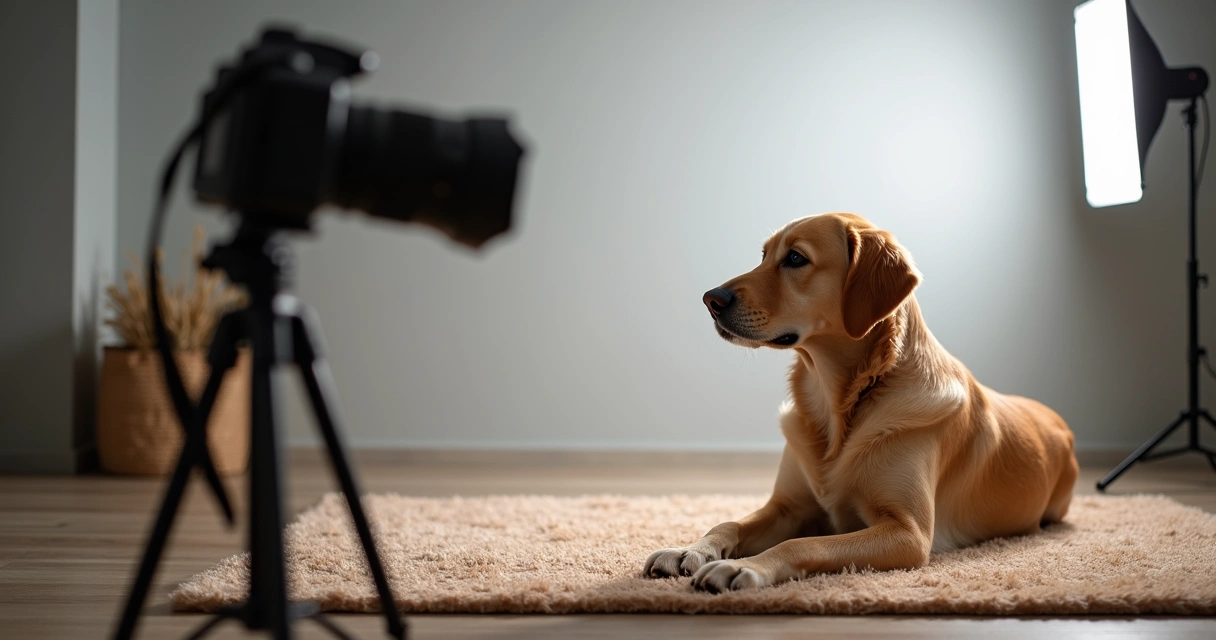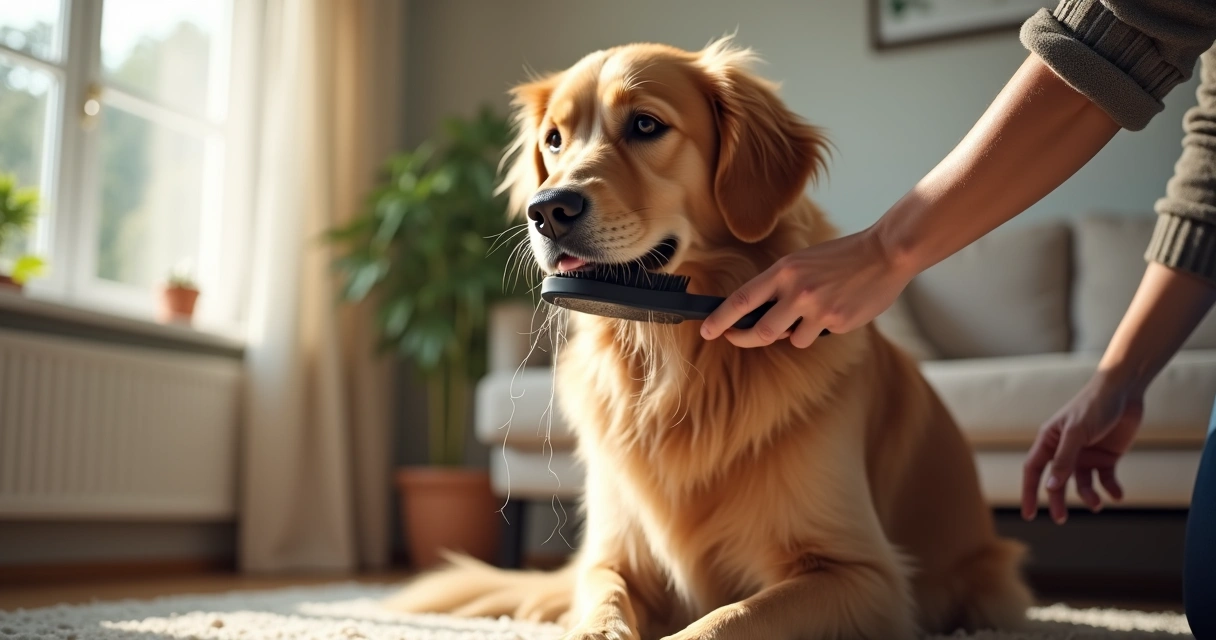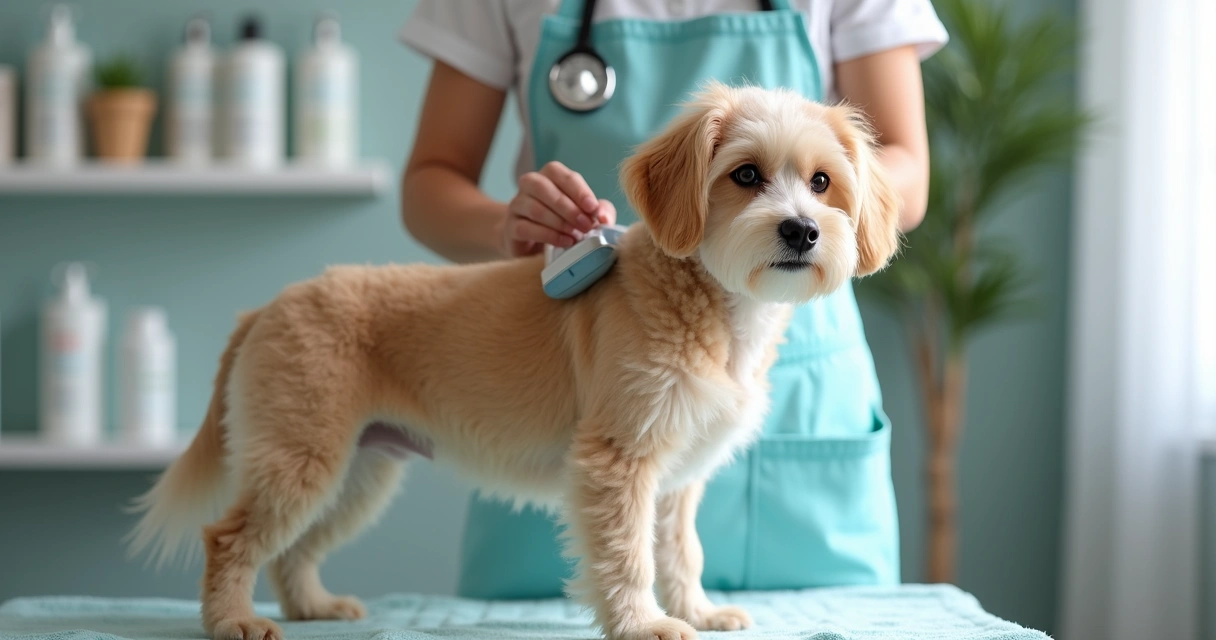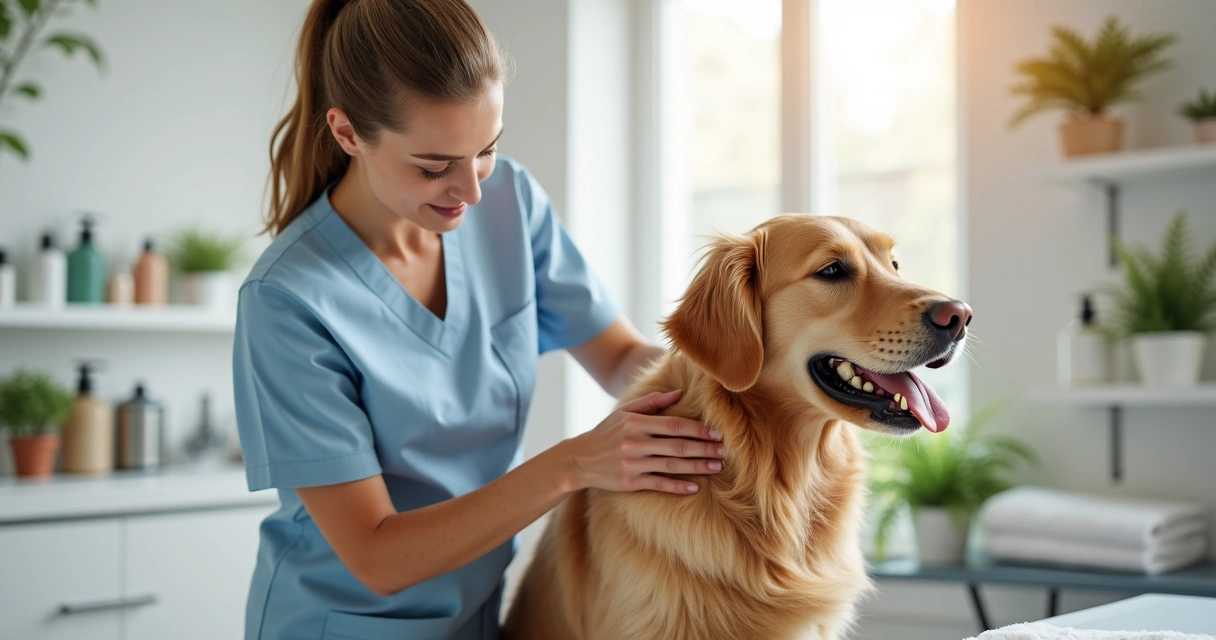There’s something special about having a professional photo of your dog. It’s more than just a picture. It’s a story. Sometimes it’s a wild tangle of fur, sometimes a calm gaze, always your friend. But to capture your dog’s best side, some preparation goes a long way. Think of it as setting the stage for a joyful memory, full of energy and personality—one that actually looks like the dog you know and love.
Whether your dog is posing for a holiday card, a family portrait, or just to fill the walls at home, getting ready isn’t tough. You just need patience, some planning, and a sense of humor. Drawing from the experience of professional pet care providers like Dogtown, experts in handling and preparing dogs for new or stimulating experiences, I’ll help guide you step by step.
Start with health and comfort in mind
Your dog’s well-being should always come first. A healthy, happy dog takes the best photos. Schedule the session for a time when your dog is usually alert and playful, not when they’re sleepy, anxious, or hungry. Morning often works well.
- Check that vaccinations are current. Many photographers (and facilities like Dogtown's daycare) require this for your pet’s safety.
- Feed a light meal an hour or two ahead. Too full or too hungry isn’t comfortable.
- Make sure they’re well-exercised, but not exhausted. A brisk walk or play session burns nervous energy without draining them.
If your dog has a medical condition or social anxieties, let the photographer know. That honesty can help them set the right pace and keep everything feeling positive.
Comfort is visible in every wag and playful glance.
Groom for the camera
A photo session is a good time for a little pampering. A clean dog with brushed fur looks even more huggable under studio lights. Plan a grooming session within a day or two before the event. Facilities like Dogtown's grooming service know exactly how to prepare pets for events like these: gentle brushing, bathing, nail trimming, and even moisturizing treatments to make their coats shine.
- Brush your dog to remove mats and loose hair.
- Bathe only if needed. Too many baths can dry out their skin.
- Trim nails, especially if your dog will be sitting or standing on polished surfaces.
- Clean around eyes and wipe away any tear stains. Gently wipe ears, too.
It’s a good idea to use this time for a quick dental cleaning. After all, you never know when your dog will flash a big smile on camera.
Practice basic commands
Most photographers aren’t dog trainers. They’ll need your help to get those adorable expressions and classic poses. Practice simple commands in the days before the shoot. “Sit,” “stay,” “down,” “come,” and “look here” are the big ones. If your dog is a professional at “leave it,” bonus points for you.
To make this easier, try short practice sessions at home, using real treats or their favorite toy as a reward. If your dog hasn’t had much experience with structured training, it’s never too late—data from Arizona State University reveals that most people rely on home practice, but even a little rewarded training (see PLoS One research) goes a long way toward positive results.
Some professional facilities like Dogtown's training services offer focused classes and individual sessions for communication help, which can be helpful if you feel stuck. Even a quick refresher can increase your confidence and your dog’s, building a stronger bond before the big day.
Good habits lead to great photos.
Acclimate your dog to the studio or location
Professional photo studios can be tricky places for dogs—strange lights, props, new smells. Even outdoor locations present new distractions. Some dogs leap right in, others get shy. If it’s possible, introduce your dog to the location (or at least a similar environment) a few days before the shoot. Let them walk around, sniff, and get comfortable. A calm environment always makes things easier.
If you booked through a facility like Dogtown's boarding option, these pre-enrollment assessments and visits are routine. They’re designed to reduce stress and set your dog up for a happy new experience.
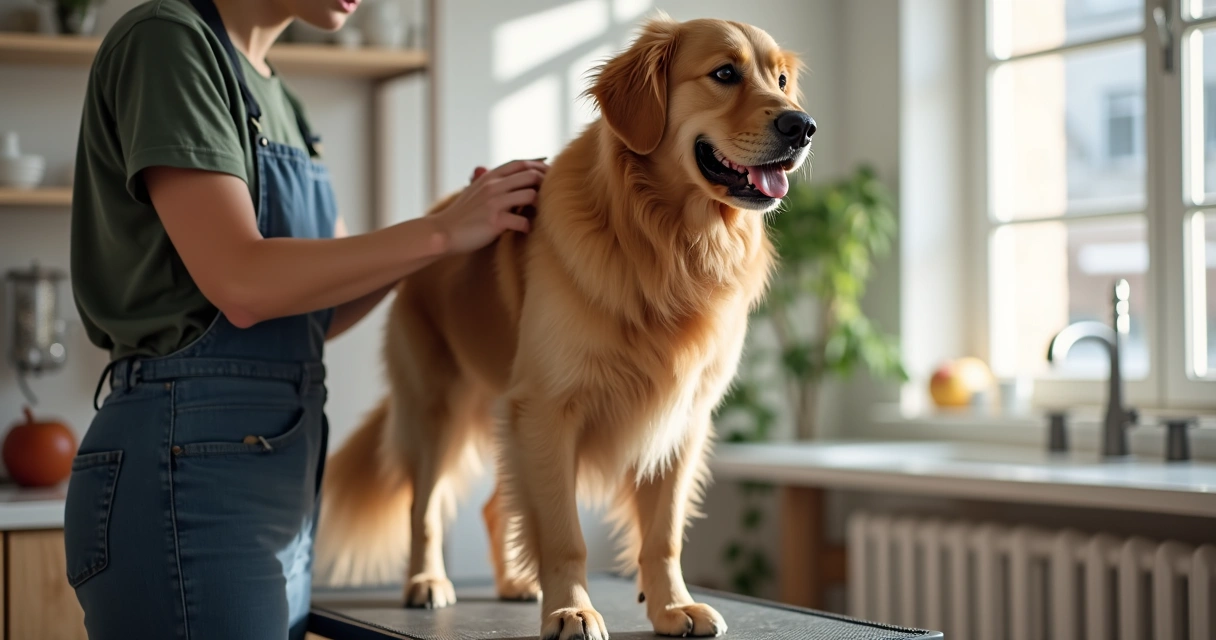
Bring familiar items
Comfort is a blanket, a squeaky toy, a favorite ball. Bring a few familiar things to the shoot. Not dozens—just a small selection to help your dog relax. A special treat or two works wonders, especially in an unfamiliar setting.
- Small blanket or bed
- Favorite toy for focus and reward
- Leash and collar—choose colors that look good on camera
If you want your dog to wear an outfit or accessory, do a trial run ahead of time. Avoid anything that makes them squirm, itch, or overheat. Sometimes, just a shiny collar or a neat bandana does the trick. If costumes are involved, make sure they’re safe and don’t block vision, breathing, or movement.
Familiar things help make new places feel safe.
Use positive reinforcement
Photo sessions work best when dogs feel relaxed and rewarded. Research from PLoS One shows that dogs learn faster and enjoy activities more when treats and praise are used instead of corrections. Even small bits of praise—words, petting, a quick snack—help your dog associate the process with good things.
Some people worry that too many treats might cause overexcitement. If you’re preparing over several days, you can gradually switch from food rewards to praise or gentle cuddles. The key is to keep your dog’s mood light and positive. A happy tail brings out the best in every photo.
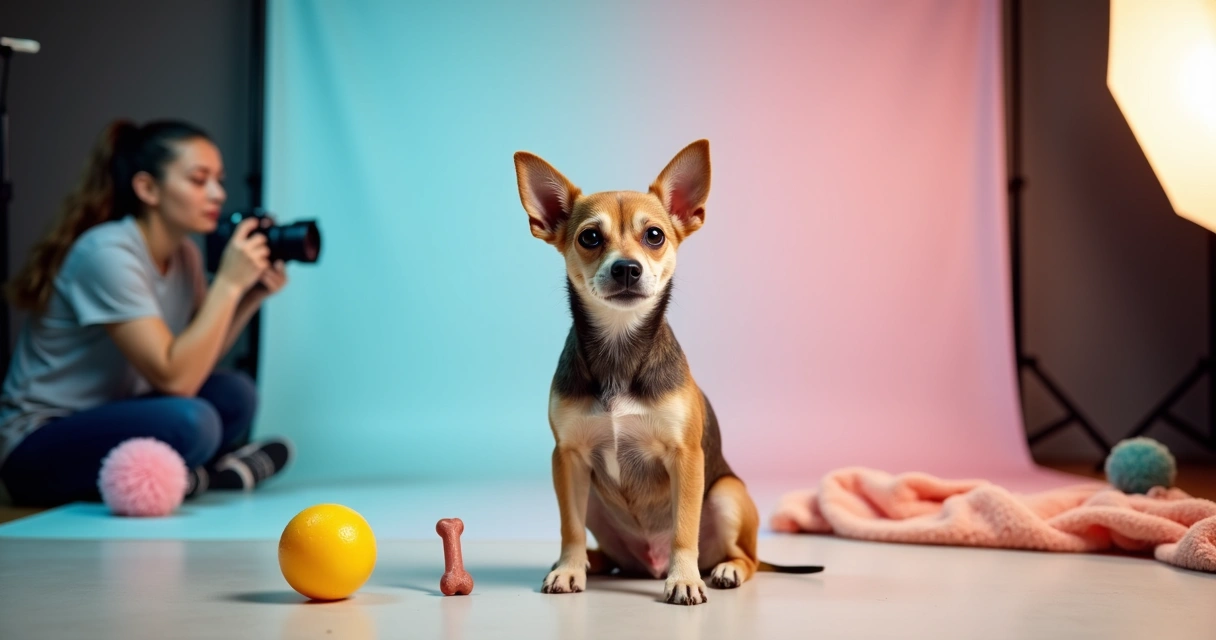
Plan for breaks and patience
Even the most composed dogs have their limits. Studio sessions can be stimulating, but they’re also a little tiring. Plan to take breaks, offer water, and allow your dog to rest or stretch their legs as needed.
- Watch for signs of stress: panting, yawning, lip licking, looking away, or shaking off.
- Reset with a walk or playful interlude—it brings the fun back.
Don’t rush. Great photos come from moments when your dog feels safe and seen. Sometimes the best shots are candid. After all, dogs love to play and interact naturally, and capturing those genuine behaviors can result in the most heartwarming images.
Photos capture love. Patience brings out their story.
Final touches and the big moment
Arrive a little earlier than scheduled, giving your dog time to sniff around and relax. Bring some extra wipes for last-minute touch-ups, and perhaps a favorite treat for extra motivation. Check how their fur looks in bright light, adjust collars or accessories one last time, and take a deep breath.
During the shoot, be supportive. Speak in a soft, happy voice, make eye contact, and don’t hesitate to step into the frame if your presence helps your dog settle. Good photographers notice when a pet’s person stands nearby—sometimes it’s that small gesture that brings out a sparkle in your dog’s eyes.
Above all, remember: the goal isn’t perfection. It’s joy. Whether your dog lies down, leaps up, or just blinks at the camera, you’ll have a memory that feels true.
Conclusion
If you’re ready to make your dog the star of their own story, a little time and thought make the difference. From choosing the right time, to gentle grooming, calm encouragement, and a bit of patience, every step adds to the fun and comfort. That’s what places like Dogtown believe in: creating experiences that bring out the best in every pet, at every stage of life. If you’re near Gloucester, MA, stop in to discover how positive pet care—from daycare to training to grooming—can set your dog up for success in every adventure. To learn more or schedule an assessment, visit us today and start making memories with your best friend.
Frequently asked questions
How do I prepare my dog?
Start by scheduling the session for a time when your dog is alert and playful. Ensure they’re in good health, have eaten a light meal, and are well-exercised. Brush their coat, trim their nails, and make sure they’re as comfortable as possible. Practicing basic commands and familiarizing them with similar environments are helpful steps for a smooth experience.
What should my dog wear?
Simple collars, neat bandanas, or comfortable harnesses work best. If you want to add an outfit, try it on beforehand to make sure your dog feels at ease wearing it. Avoid anything that restricts movement, covers eyes or ears, or is too warm.
How can I keep my dog calm?
Bring along familiar items like a favorite toy or small blanket. Speak softly and offer gentle praise. Plan for plenty of breaks, especially if your dog is new to studio settings. Practicing positive reinforcement and using treats or praise can help keep the experience relaxed and enjoyable.
Are treats allowed during the session?
Yes! Treats are often encouraged, as they motivate and reward good behavior. Use small, healthy treats that won’t create a mess. If food makes your dog jumpy, switch to toys or gentle petting for encouragement.
How long does a photo session last?
A typical photo session lasts between 30 minutes to an hour, but it varies depending on your dog’s energy, the number of poses, and required breaks. Patience is key—some dogs relax quickly, while others need more time. Good preparation helps make the most of every minute.


